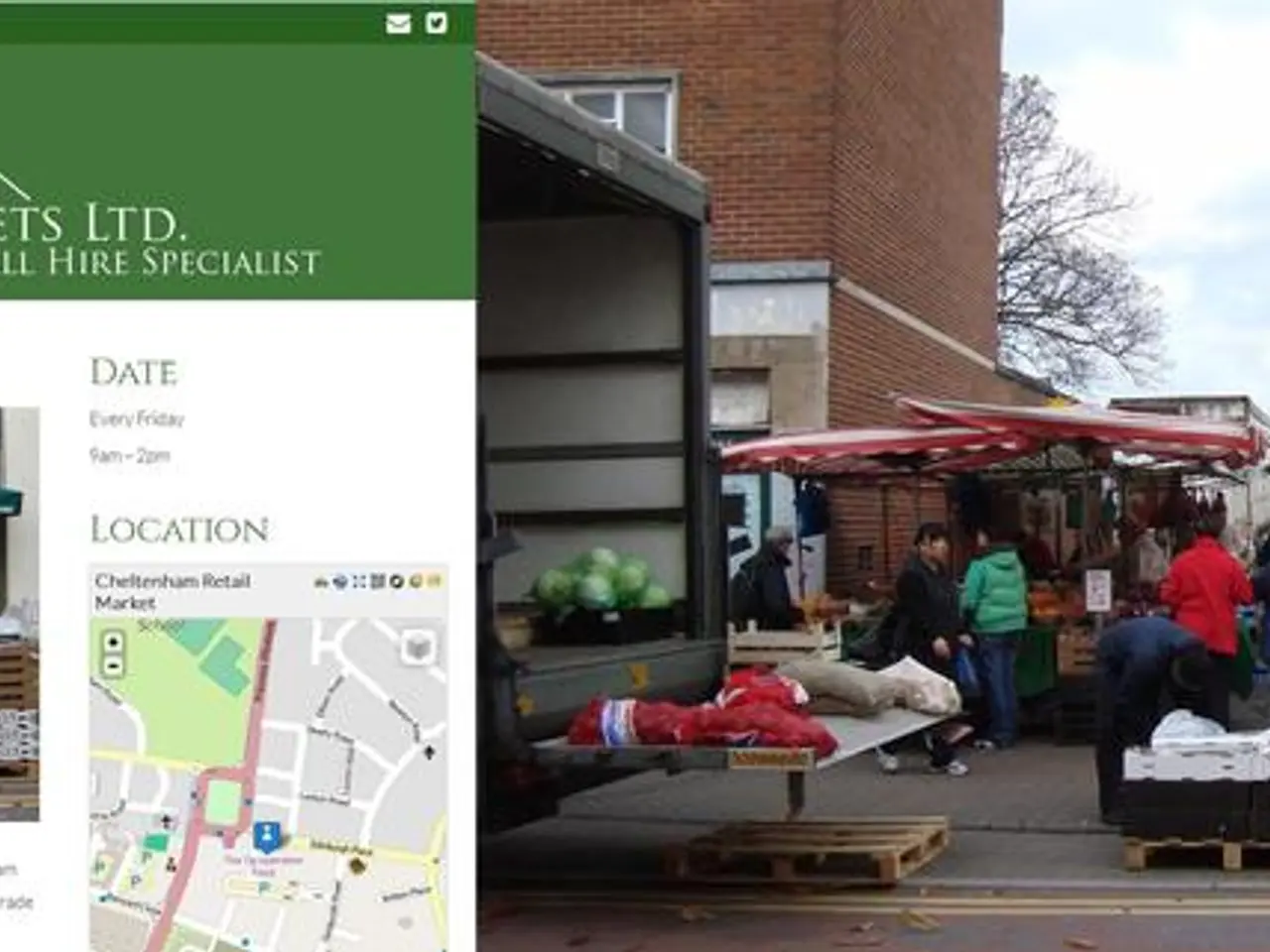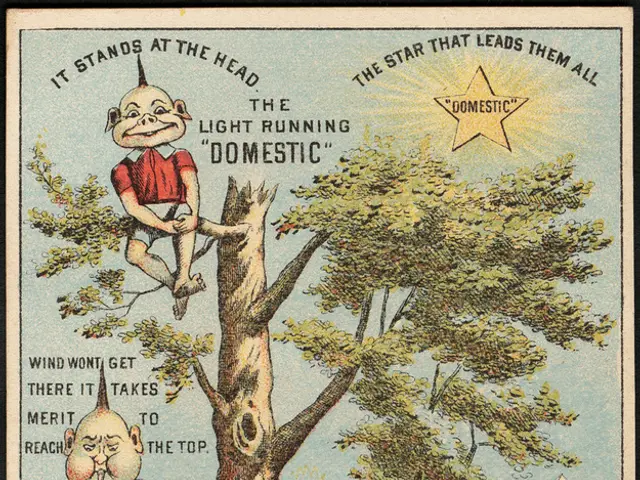Enhance Your Marketing Efforts: In-depth Approaches for Tailored Promotional Campaigns
In the modern marketing landscape, understanding and catering to the unique needs and preferences of customers is paramount. This is where advanced segmentation comes into play, a strategy that groups audiences into targeted and specific groups based on detailed criteria.
Advanced segmentation encompasses various techniques, including behavioral, demographic, psychographic, and technographic segmentation.
Behavioral segmentation, for instance, focuses on how customers behave in relation to a service or product. Usage behavior can be segmented based on how customers consume or use a service or product, including their usage pattern, frequency, preferred features, and benefits. Purchase behavior, on the other hand, categorizes consumers based on their buying habits, such as product preferences, frequency of purchases, and average transaction value. Behavioral segmentation also includes factors like brand interaction.
Demographic segmentation, meanwhile, sorts the target audience by attributes like gender, age, occupation, income, education level, and ethnicity. This allows for crafting offers and messages that hit the mark by understanding the distinct preferences and needs of each demographic group.
Psychographic segmentation delves into the deeper psychological traits and behaviors of the audience, such as their values, characteristics, and lifestyle choices. This technique helps in developing content strategies that resonate more deeply with specific psychographic profiles.
Technographic segmentation, on the other hand, focuses on understanding consumers' technological capabilities, preferences, and adoption rates within a market. This helps in implementing personalized targeting strategies such as platform-specific messaging, customized content delivery, and tech-savvy demos.
Implementing advanced segmentation requires careful planning and execution. This includes identifying segmentation criteria, consolidating data sources, deploying a comprehensive data collection approach, and leveraging advanced analytics techniques. Tools like Mailchimp, Clearbit, and ClearVoice can assist in this process, making it easier to build complex segments for email campaigns, gather technographic data enrichment, and level up your marketing efforts with advanced segmentation techniques, respectively.
Lastly, it's essential to establish a feedback loop for collecting customer insights and feedback on the effectiveness of personalized marketing efforts. This ensures continuous improvement and refinement of marketing strategies to better cater to customer needs and preferences.
Leading examples of brands successfully using advanced segmentation include Asana, which leverages AI-driven workflows for project management efficiency with clients like Amazon and Dell, enabling tailored customer interactions and productivity gains. Additionally, companies such as PepsiCo's Varun Beverages use advanced technology solutions from Krones to optimize production and operational segmentation, ensuring targeted, efficient manufacturing processes.
In conclusion, advanced segmentation is a powerful tool for personalized marketing. By understanding and catering to the unique needs and preferences of customers, businesses can foster stronger relationships, improve customer satisfaction, and drive growth.
Read also:
- Peptide YY (PYY): Exploring its Role in Appetite Suppression, Intestinal Health, and Cognitive Links
- Toddler Health: Rotavirus Signs, Origins, and Potential Complications
- Digestive issues and heart discomfort: Root causes and associated health conditions
- House Infernos: Deadly Hazards Surpassing the Flames








